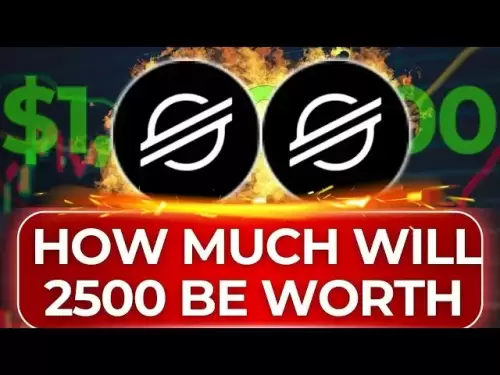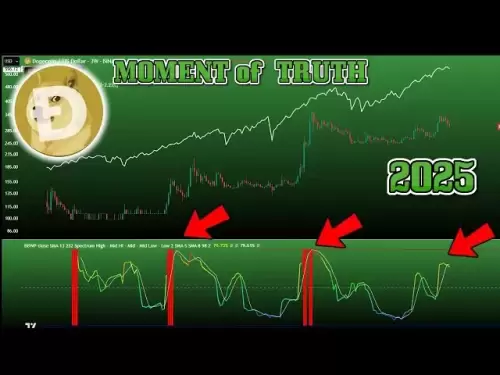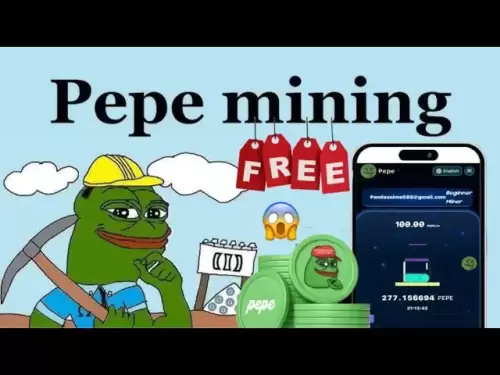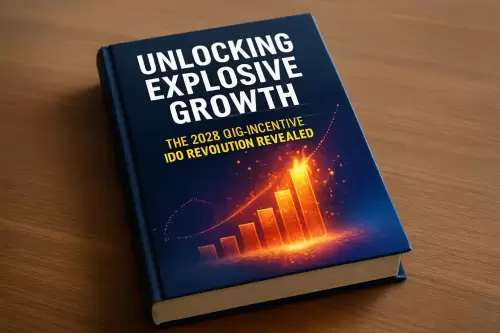 |
|
 |
|
 |
|
 |
|
 |
|
 |
|
 |
|
 |
|
 |
|
 |
|
 |
|
 |
|
 |
|
 |
|
 |
|
Two Ethereum community members, Kevin Owocki and Devansh Mehta, have proposed a dynamic fee structure for the Ethereum application layer to strike a balance between revenue generation for app builders and fairness in fee extraction.
In a proposal titled "Toward a More Balanced App Layer Economy," Owocki and Mehta suggest a simple equation that uses a square root function to proportionally lower the percentage of fees as the funding capital allocated to a particular project increases.
"We can modify the standard fee structure to better balance revenue generation with fairness in fee extraction," the authors stated.
"Let f be the percentage of collected fees that go to the protocol and c be the total funding capital allocated to a particular application (e.g., via grants, venture capital, community fundraising). Then we can use the following equation to adjust the percentage of collected fees according to the relative funding of an application:"
f = min(100,80 + 100 * sqrt(c/1e6)) / 10
The authors explained that once a particular application's funding crossed the $10 million level, the fees would be capped at 1%, ensuring that small app builders can easily develop decentralized applications without encountering excess fees. However, the proposal also encourages project and funding growth by capping the fees as developers scale their applications.
"We can set a lower limit on f to prevent it from getting too small. Perhaps f >= 1% is reasonable. We can also set an upper limit on f to avoid having it get too large. Perhaps f <= 10% is a reasonable upper bound. Finally, we can set a maximum funding threshold at which point the percentage of collected fees is no longer reduced. Perhaps this threshold is around $1 billion in funding capital, at which point it may be reasonable to begin collecting a larger percentage of collected fees to support the ecosystem at large.
"The goal is to strike a better balance between the economics of small app builders and the economics of large-scale applications and institutions that are building on the Ethereum ecosystem. We can do better than continuing to lower the percentage of collected fees as a desperate measure to try and keep pace with other emerging blockchains."
Owocki and Mehta's proposal to balance revenue generation and profitability among Ethereum's app builders strikes at the heart of the emerging concerns about economic imbalances and anomalies in the Ethereum ecosystem.
As Ethereum faces increasing pressure from high-throughput and low-cost blockchain networks to maintain its position as the dominant Web3 chain, it must maintain the attractiveness of its ecosystem for developers, users and institutions.
The threat posed by Solana and other rising smart contracts platforms is evident in the stark difference in developer activity between the two ecosystems. In 2024, the Solana ecosystem onboarded more developers than the Ethereum network. According to Santiment, Solana gained 7,625 new developers, while Ethereum gained 6,456.
Despite the surge in software developers building on the Solana network in 2024, Ethereum remains the dominant ecosystem for attracting developer talent, although the 2024 data shows that this position is no longer uncontested.
However, the threat posed by Solana and other emerging networks is pushing institutions to diversify their Web3 investments and scale back their contributions to the Ethereum ecosystem.
According to onchain analytics firm Santiment, Ethereum fees dropped to five-year lows in April 2025 due to low activity on the Ethereum base layer resulting from reduced demand for smart contract operations like decentralized finance.
This reduced demand is leading to many institutions scaling back their Ether (ETH) holdings or selling off portions of their investment as investor sentiment toward the first-ever smart-contract platform continues to erode without any clear catalysts for a reversal.
免责声明:info@kdj.com
所提供的信息并非交易建议。根据本文提供的信息进行的任何投资,kdj.com不承担任何责任。加密货币具有高波动性,强烈建议您深入研究后,谨慎投资!
如您认为本网站上使用的内容侵犯了您的版权,请立即联系我们(info@kdj.com),我们将及时删除。
-

-

- XRP(XRP)在经历急剧下降到2,307美元之后,设法形成了强大的V形恢复模式
- 2025-05-19 13:25:15
- 这种模式的特征是急剧下降后价格快速飙升,这表明可能会出现重大上升趋势。
-

-

- 大狗鲸已经积累了纪念物
- 2025-05-19 13:20:15
- 这种累积是因为Dogecoin在$ 0.212的关键支持水平(rp3,495)中显示出价格弹性。
-

-

- 由于投资者在等待比特币的新历史最高点时,领先的加密货币在周日急剧集会。
- 2025-05-19 13:15:13
- 比特币乘以107000美元,是近四个月来最高的,在一个急剧的夜晚集会中,交易量增加了近50%。
-

- HBAR可能处于更大的看涨运动的早期阶段
- 2025-05-19 13:10:13
- HBAR的最新技术分析表明,尽管当前的回调需要密切监控,但资产可能处于更大的看涨运动的早期阶段。
-

-

- XRP将正式在2025年5月19日开始在芝加哥商业交易所(CME)期货平台上列
- 2025-05-19 13:05:13
- CME是世界上最受尊敬的衍生工具交流之一,这一举动是XRP的一个很大的里程碑。

























































